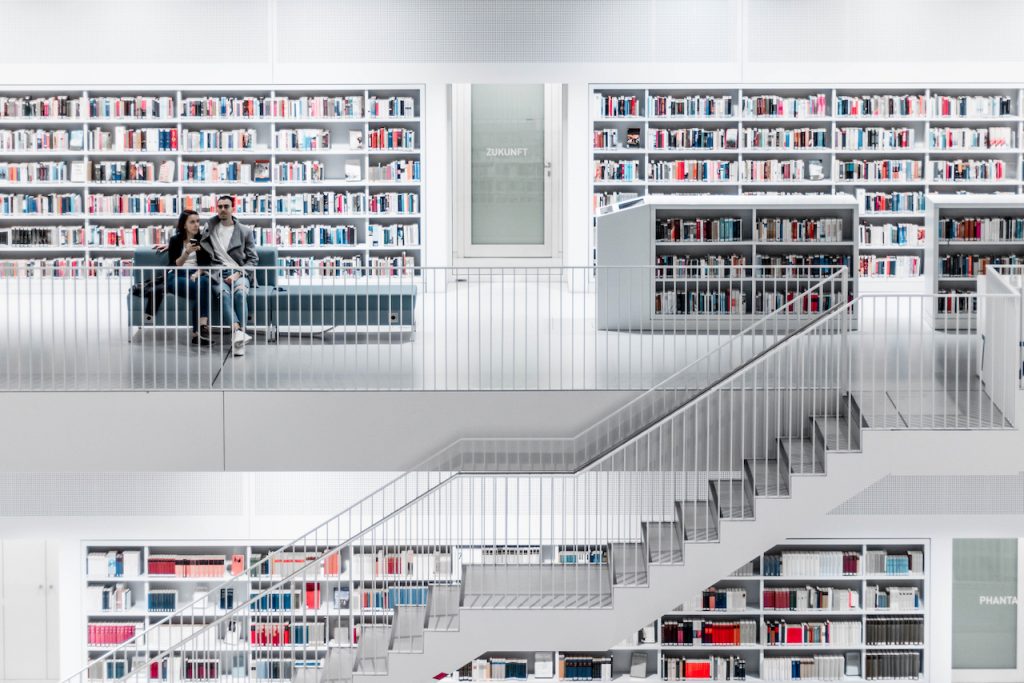Longitude Sound BytesEp 06: Role of past in creation of new | Kerim Miskavi – by Yi Luo (Listen)

Kerim Miskavi, architect and owner of MAS Architecture Studio, Istanbul, Turkey:
Hi, my name is Kerim Miskavi, I’m an architect from Istanbul, Turkey and I currently run a small architecture studio called MAS.
Creativity is an essential part of my life because I rely on it both in my work as an architect, and as a broader lens to look at the world. For me a lot of times it’s an automatic reaction sort of like breathing, because I need it to do my work on a daily basis, but I think that if we make a mindful effort, we can understand creativity and use it to tackle the problems that we face as a society.
I never really considered myself to be very creative person by nature but I think there’s a process through which creativity can be cultivated by anyone over time. While that may sound easier than done, I’ve found that there are some key concepts that can be useful.
First of all, I think you have to lay the groundwork by constantly feeding your mind stuff from the world. You need to be positively curious about things that are interesting to you, no matter how unimportant they appear at the time. Travel, films, books, music, botany, coding, history, cooking, art, technology…. You name it – your constant wanderings through these interests will build up the reserves so that when the time comes you can draw inspiration from them.
When you do take on a problem, it’s all about making new connections between these seemingly disconnected ideas or experiences. The process is never a linear one and can sometimes be frustrating so it is going to feel painful at first, but as you practice you will be able to get better at making those connections and push yourself further. The most important part to focus on your process without worrying about the results. You need to suspend anxieties about the outcome and just focus on trying things, even if they seem stupid at first. Never give up on an idea before testing it, trust your instincts and intuition, and learn to just go with it.
Finally, once you have followed your creative thinking process to exhaustion, you must look at the big picture and decide on which path to pursue based on your best judgment. This is always the hardest part because there is never really one answer to any given question. Most people imagine that creativity is something that appears out of thin air just like magic, but in reality, it’s a rigorous process with lots uncertainty. As creators we should learn to embrace uncertainty, and keep trying. Sometimes things work out and sometimes they don’t, but every once in a while you create something new and beautiful, and that feels quite close to magic. That’s why I think creativity has the potential to make the world a better place for all of us, and I think it’s something that we should all strive for.
These key concepts have been essential in my creative work. For example, when we were responding to an open call for installations at Dubai Design Week last year, we started by looking at the region’s built history for some fresh ideas. We tried to keep the search as broad as possible, and look for clues that would guide our response in a way that would be relevant to the built environment of Dubai today. When saw the Barjeel, which is the name for historical wind towers that have been used in the region for centuries to passively cool people’s houses, we thought “Oh wow that’s a great concept, what if we could build a contemporary wind tower for people to cool down during design week?” Taking this as a starting point, we built a series of small scale mockups to test the idea out of cardboard, and at some point started wondering “if we can build the mockups out of cardboard, why can’t we build the real thing out of cardboard too? It would be light, sturdy, cheap and fully recyclable.” It took a lot of trial and error, but in the end we managed to build a 6.5 meter tall structure almost exclusively out of stacking recycled cardboard layers without using any chemical adhesives. But most importantly, at every step along the way we questioned “How is this relevant today? Why do such a thing?” and my instinct was that in today’s increasingly urbanized global society, it’s important to go back in time and find highly successful, local solutions to sustainable living such as the wind tower because these can actually inform how we think about cities and architecture in the future. Bringing all of these ideas through a creative process led us to push the boundaries by taking an idea and a material that have been readily available and bring them together in a completely new way.

Yi Luo, Longitude fellow, Rice University, Houston:
Thank you, Kerim, for sharing such amazing insights from your career path.
I really appreciate the three key concepts you talked about. Stay positively curious, making new connection between seemingly disconnected ideas, and follow creative thinking process to exhaustion. I found these concepts echo with my own studio experiences as an architecture student, especially the last one. Often when I found myself stuck in a phase of designing; I tend to start over with a new idea. At the end of the day, I may have ten all very aspiring directions, none of them really work because they remain in very surface level. Last semester I decided to only focus on one design instead of making 50 variations. It was hard but by pushing harder and digging deeper, I can force myself to break down the problems and really think about creative approach to solve it. There is no design that is completely hopeless. I think You just need to keep pushing yourself through a systematic approach.
We hope you enjoyed todays segment. Please feel free to share your thoughts over social media and in the comments, or write to us at podcast@longitude.site. We would love to hear from you.
Join us next time for more unique insights on Longitude Sound Bytes.

